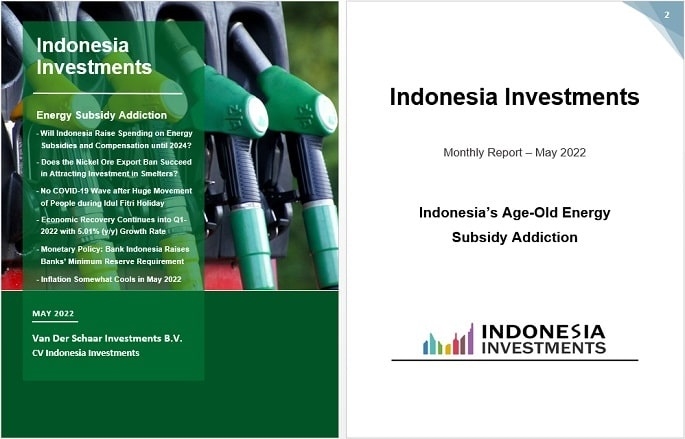Bank Indonesia Staying Behind the Curve; Leaves Interest Rates Unchanged at Policy Meeting
Indonesia #Indonesia

The reasons why the decision caught us by surprise are that (1) central banks in key developed countries/regions have started to tighten their monetary policies, (2) the Indonesian rupiah rate has been under pressure, while Indonesia’s inflation rate has been accelerating, and (3) there exists a high degree of uncertainty in today’s world with the Russo-Ukrainian war still ongoing, a risky energy transition, and China still battling COVID-19. Together, particularly points (1) and (3), it explains why we have seen volatile global markets over the past couple of months. It is an environment in which an interest rate hike would serve to somewhat stabilize the situation.
In an earlier tightening cycle (in 2018), Bank Indonesia Governor Perry Warjiyo had frequently emphasized on the importance for Bank Indonesia’s policy approach to be “ahead of the curve” in order to prevent the building up of enormous pressures on Indonesian assets (as capital –including hot money– flows back to the safety of the developed world where yields rise in times of monetary tightening; US treasury yields particularly being carefully monitored by portfolio investors and analysts).
This time, however (as we are at the beginning of a new tightening cycle in 2022), we clearly see that Warjiyo has the confidence to remain ‘behind the curve’, thereby not putting the brakes on economic activity at home. What explains this confidence?
Indeed, the situation is not the same. Indonesia’s economic fundamentals are now in a stronger position compared to four years ago. This particularly becomes visible when we take a look at the country’s current account balance. The current account balance is the broadest way to measure countries’ international trade as it not only covers the flow of goods (which is the trade balance) but also flows of services, factor income (which is income derived from selling the services of factors of production), and transfers. In other words, when a country posts a current account deficit (CAD) it implies that the country is a ‘net borrower’ from the rest of the world, hence needs capital or financial inflows to finance this deficit.
Having a CAD is not necessarily bad (just like it is not necessarily bad for a company to have debt). However, ideally, this deficit is used for productive purposes (such as imports of capital goods that serve to expand production capacity at home). In the case of Indonesia the concern has been though that the country’s expensive energy import bill (a key factor behind the CAD) mainly serves consumptive purposes.
And so, when Indonesia’s CAD widens investors and policymakers typically start to become nervous particularly when the CAD passes beyond the 3.0 percent of gross domestic product (GDP) threshold (which is generally regarded the threshold that separates a sustainable from an unsustainable CAD). We have emphasized before that the CAD indeed reveals a clear weakness in the Indonesian economy (in 2013 Morgan Stanley came with the term “Fragile Five” to refer to a group of emerging market economies, including Indonesia, that heavily depend on foreign investment to finance their growth).
[…]
This is only the introduction of the article. In case you want to read the full article you can order our May 2022 report (an electronic report) by sending an email to info@indonesia-investments.com or a message to +62.882.9875.1125 (including WhatsApp).
Take a glance inside the report here!
Price of this report:
Rp 150,000USD $10,-EUR €10,-

‹ Back to Financial Columns
Please sign in or subscribe to comment on this column